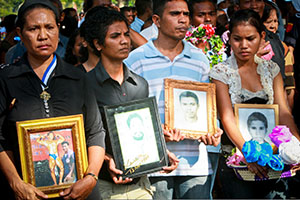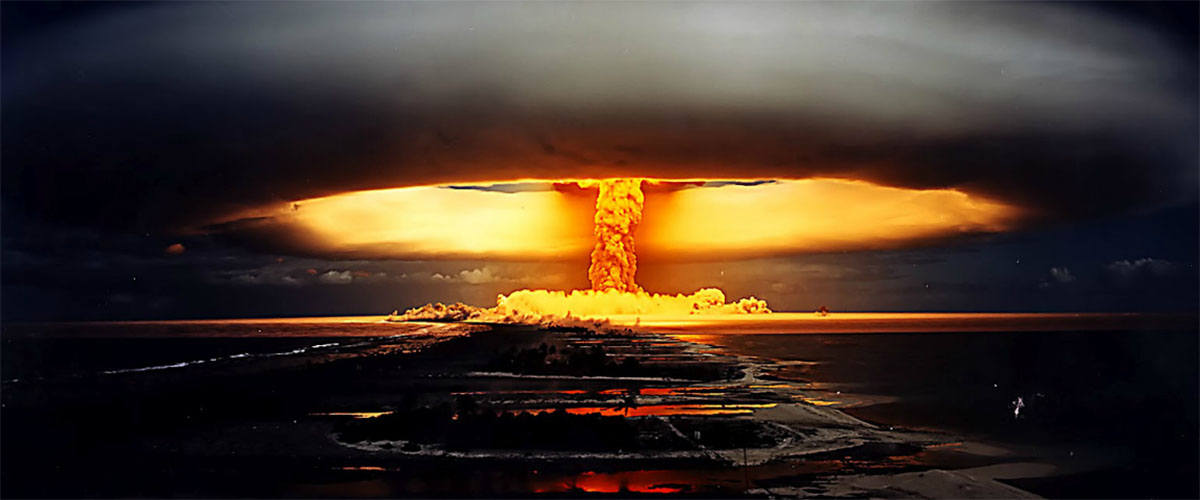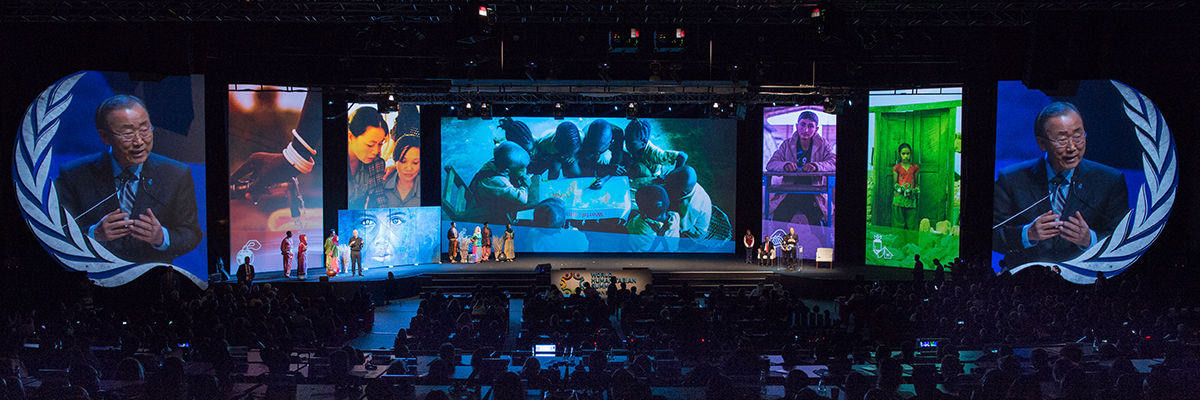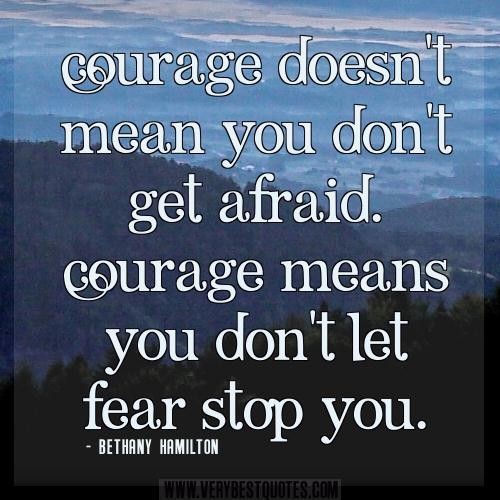
International Overdose Awareness Day is a global campaign that works towards preventing overdose, reducing the stigma associated with it, and providing support to families and loved ones of overdose victims. The awareness day is observed every year on August 31.
The day was established in 2001 by Australians Sally J. Finn and Peter Streker as a way to commemorate those who have lost their lives to overdose, and to support the loved ones whose lives have been affected by drug abuse.
Since 2012, the responsibility of organizing International Overdose Awareness Day has been taken over by the Penington Institute, an Australian non-profit health organization. Despite its Australian roots, the day is now observed all over the world.
Recognizing Symptoms of Overdose
Medical professionals define overdose as the accidental or intentional use of a drug or a substance such as alcohol or a narcotic beyond the recommended dosage. An overdose can have serious consequences, with effects ranging from mild disorientation to seizures, brain injury, and death.
Part of International Overdose Awareness Day’s agenda is to spread information about how to detect signs of substance abuse and overdose, and what to do when encountering a person who may be having an adverse reaction to a drug. Disorientation, agitation, difficulty in breathing, and vomiting can be signs of overdose and should not be ignored.
Source: Text: timeanddate.com Image: Partnership for Drug-Free kids


 Since nuclear weapons testing began in the mid-twentieth century, with the first test on 16 July 1945, nearly 2,000 have taken place. There has been little consideration of the devastating effects of testing on human life, let alone the understanding of nuclear fallout from atmospheric tests. Early on, having nuclear weapons was a measure of scientific sophistication or military might. Hindsight and history have shown us the terrifying and tragic effects of nuclear weapons testing, especially when controlled conditions go awry, and in light of today’s nuclear weapons which are far more powerful and destructive. Subsequent incidents world-wide have provided compelling reasons for the need to observe the International Day against Nuclear Tests – a day in which educational events, activities and messages aim to capture the world’s attention and underscore the need for a unified attempt in preventing further nuclear weapons testing.
Since nuclear weapons testing began in the mid-twentieth century, with the first test on 16 July 1945, nearly 2,000 have taken place. There has been little consideration of the devastating effects of testing on human life, let alone the understanding of nuclear fallout from atmospheric tests. Early on, having nuclear weapons was a measure of scientific sophistication or military might. Hindsight and history have shown us the terrifying and tragic effects of nuclear weapons testing, especially when controlled conditions go awry, and in light of today’s nuclear weapons which are far more powerful and destructive. Subsequent incidents world-wide have provided compelling reasons for the need to observe the International Day against Nuclear Tests – a day in which educational events, activities and messages aim to capture the world’s attention and underscore the need for a unified attempt in preventing further nuclear weapons testing. All kinds of books, documents, archives and, of course, nowadays, articles on the web, tell us much about the religions of the world. We can gather detailed information from the earliest stages when human beings started to turn to Someone they believed to be great and powerful and whom they called God.
All kinds of books, documents, archives and, of course, nowadays, articles on the web, tell us much about the religions of the world. We can gather detailed information from the earliest stages when human beings started to turn to Someone they believed to be great and powerful and whom they called God. The Universal Negro Improvement Association and African Communities League (UNIA-ACL) is a black nationalist fraternal organization founded by Marcus Mosiah Garvey. The organization enjoyed its greatest strength in the 1920s, prior to Garvey’s deportation from the United States of America, after which its prestige and influence declined.
The Universal Negro Improvement Association and African Communities League (UNIA-ACL) is a black nationalist fraternal organization founded by Marcus Mosiah Garvey. The organization enjoyed its greatest strength in the 1920s, prior to Garvey’s deportation from the United States of America, after which its prestige and influence declined.
 History of Photography Day
History of Photography Day  I heard someone say : ‘God does not know how to count’. In any case, his way of counting is not ours. The Psalmist had understood this when he wrote: “A thousand years in your sight are like a day” (Ps.90:4) . And through the prophet Isaiah, God had told us already: “My thoughts are not your thought, my ways not your ways” (Is.55:8).
I heard someone say : ‘God does not know how to count’. In any case, his way of counting is not ours. The Psalmist had understood this when he wrote: “A thousand years in your sight are like a day” (Ps.90:4) . And through the prophet Isaiah, God had told us already: “My thoughts are not your thought, my ways not your ways” (Is.55:8).
